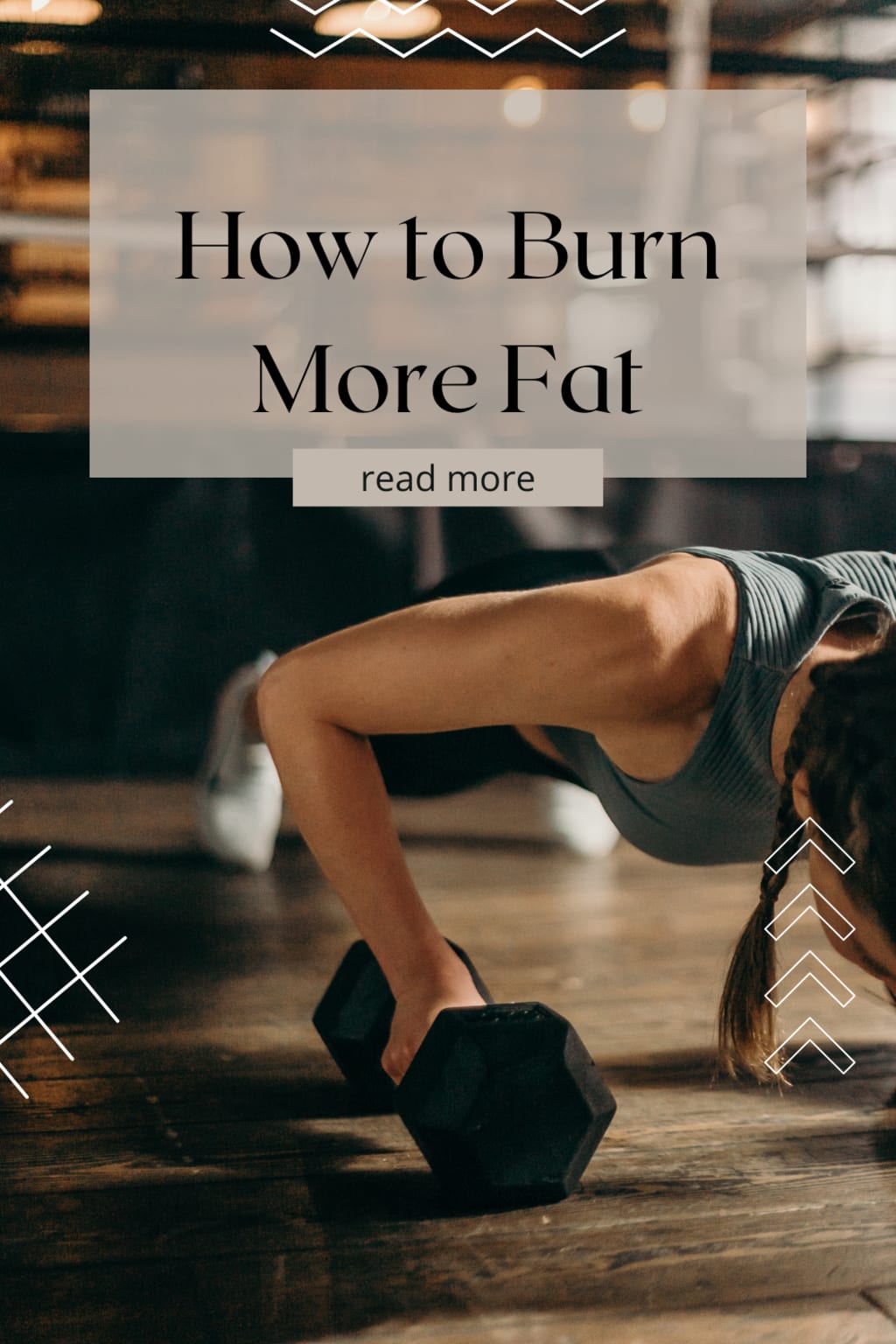Muscle Training during Weight Loss: How to Burn More Fat
Maximizing Fat Burning Potential: The Role of Muscle Training in Weight Loss

When it comes to weight loss, many people focus solely on cardio exercises and overlook the importance of muscle training. However, incorporating strength training into your weight loss journey can be a game-changer. Building lean muscle not only improves your body composition but also enhances your metabolism, allowing you to burn more fat even at rest. In this article, we will explore the benefits of muscle training during weight loss and provide strategies to help you effectively burn fat and achieve your goals. From resistance training to high-intensity interval training (HIIT), discover how incorporating muscle training into your routine can take your weight loss efforts to the next level.
The Benefits of Muscle Training for Weight Loss:
- Increased Basal Metabolic Rate (BMR): Muscle tissue is metabolically active, meaning it burns calories even at rest. By building lean muscle through resistance training, you can increase your basal metabolic rate, resulting in more calories burned throughout the day.
- Enhanced Fat Burning: Muscles play a crucial role in fat oxidation. The more muscle mass you have, the more efficient your body becomes at utilizing fat as a fuel source during exercise.
- Improved Body Composition: While weight loss often focuses on shedding pounds, maintaining and building lean muscle helps improve body composition by reducing body fat percentage and increasing muscle definition.
- Increased Strength and Functionality: Building strength through muscle training not only helps with everyday activities but also enhances athletic performance and reduces the risk of injuries.
Incorporating Resistance Training:
- Compound Exercises: Compound exercises engage multiple muscle groups simultaneously, maximizing calorie burn and muscle activation. Examples include squats, deadlifts, lunges, and push-ups.
- Progressive Overload: Gradually increasing the intensity, weight, or repetitions of your exercises challenges your muscles and stimulates growth. This progression is essential for continued muscle development.
- Circuit Training: Combining resistance exercises into a circuit format keeps your heart rate elevated, providing cardiovascular benefits while building muscle. This approach can be time-efficient and effective for weight loss.
Implementing High-Intensity Interval Training (HIIT):
- HIIT Basics: HIIT involves short bursts of intense exercise followed by brief recovery periods. It can be performed with various exercises, such as sprints, burpees, or kettlebell swings.
- EPOC Effect: HIIT stimulates excess post-exercise oxygen consumption (EPOC), which means your body continues to burn calories at an elevated rate even after your workout.
- Tabata Training: Tabata is a popular form of HIIT that follows a 20 seconds of work, 10 seconds of rest format. It can be applied to bodyweight exercises or with equipment such as kettlebells or battle ropes.
Balancing Cardiovascular Exercise:
- Moderate-Intensity Cardio: Incorporate moderate-intensity cardio exercises, such as brisk walking or cycling, to complement your muscle training. These activities support overall cardiovascular health and calorie burn.
- Active Rest Days: On rest days from muscle training, engage in low-impact cardio activities like swimming or yoga to promote recovery and maintain activity levels.
- Cardio Circuit Workouts: Combine cardiovascular exercises, such as jumping jacks, mountain climbers, and jump squats, into a circuit format to elevate your heart rate and increase calorie burn.
Nutrition for Muscle Building and Fat Loss:
- Sufficient Protein Intake: Adequate protein is crucial for muscle repair and growth. Consume protein-rich foods such as lean meats, fish, eggs, dairy, legumes, and tofu.
- Balanced Macronutrients: Ensure a balanced intake of carbohydrates andfats to provide energy for workouts and support overall health. Focus on complex carbohydrates and healthy fats from sources like whole grains, fruits, vegetables, nuts, and seeds.
- Caloric Deficit: To lose weight, create a moderate caloric deficit by consuming fewer calories than you expend. However, ensure that you still provide your body with enough fuel to support muscle growth and recovery.
- Proper Hydration: Hydration is crucial for optimal muscle function and fat metabolism. Drink enough water throughout the day to stay hydrated and support your weight loss efforts.
Click here to explore the secret of incinerating stubborn fat
Incorporating muscle training into your weight loss journey can significantly enhance your fat-burning potential and improve overall body composition. By engaging in resistance training, implementing HIIT workouts, balancing cardiovascular exercise, and supporting your efforts with proper nutrition, you can maximize calorie burn, build lean muscle, and achieve your weight loss goals. Remember to prioritize progressive overload, challenge yourself with compound exercises, and give your body proper rest and recovery. Seek guidance from fitness professionals or consider working with a personal trainer to design a tailored program that aligns with your goals. Embrace the power of muscle training and unlock its potential to burn more fat, improve metabolism, and transform your body. Start incorporating these strategies into your routine and witness the remarkable impact of muscle training during your weight loss journey.
About the Creator
Weight Loss Expert
Discover the power of weight loss foods, effective weight loss tips, and a comprehensive weight loss plan with our ultimate guide! Achieve your goals and transform your lifestyle with a balanced weight loss diet.






Comments
There are no comments for this story
Be the first to respond and start the conversation.